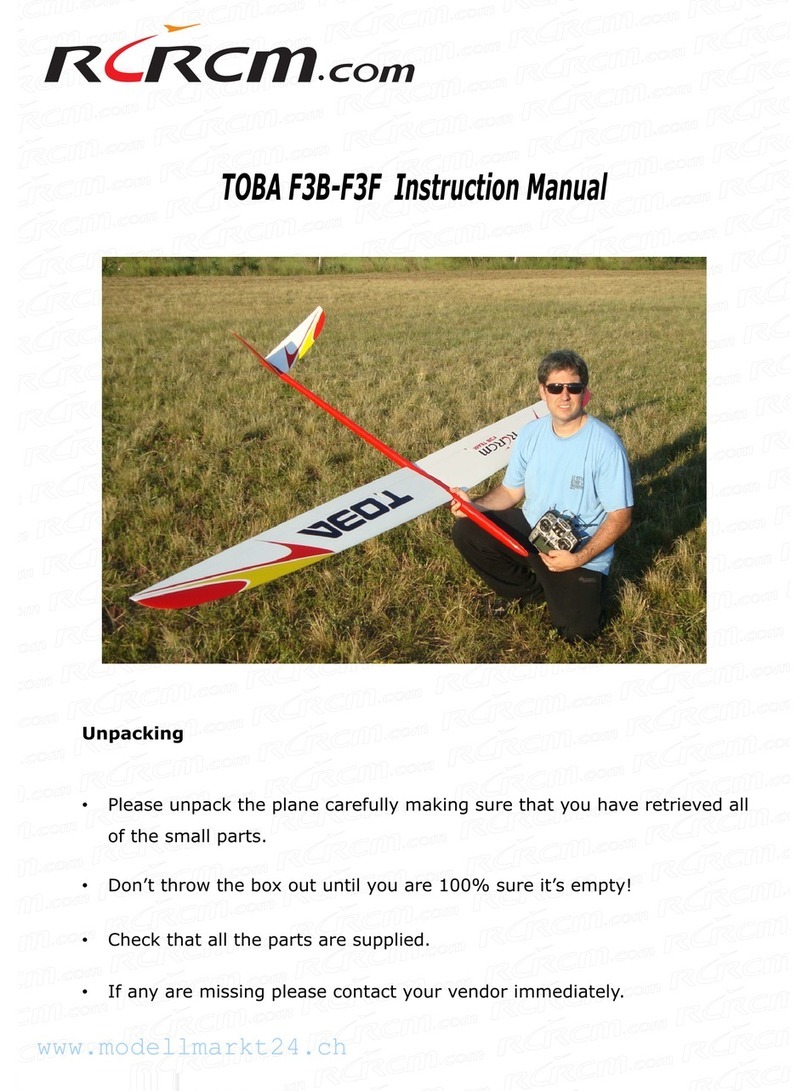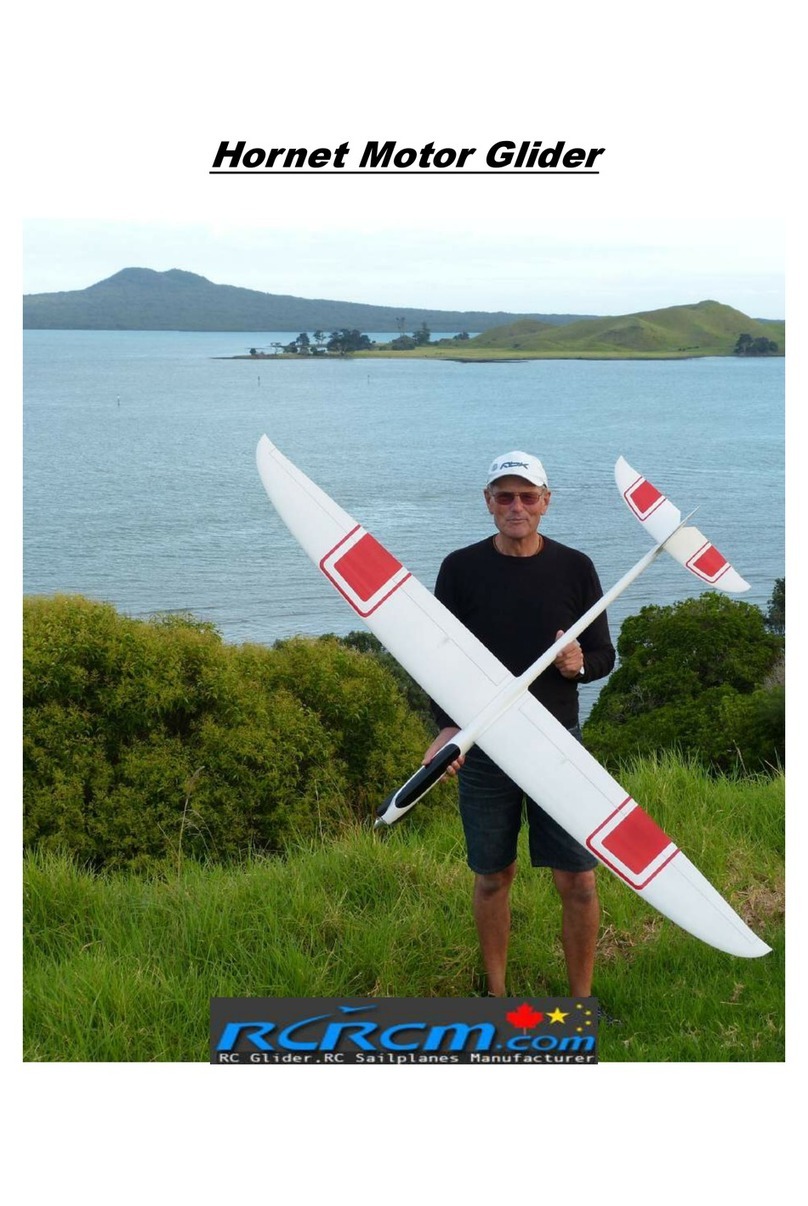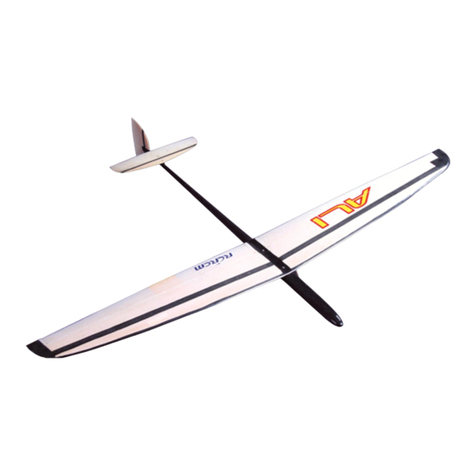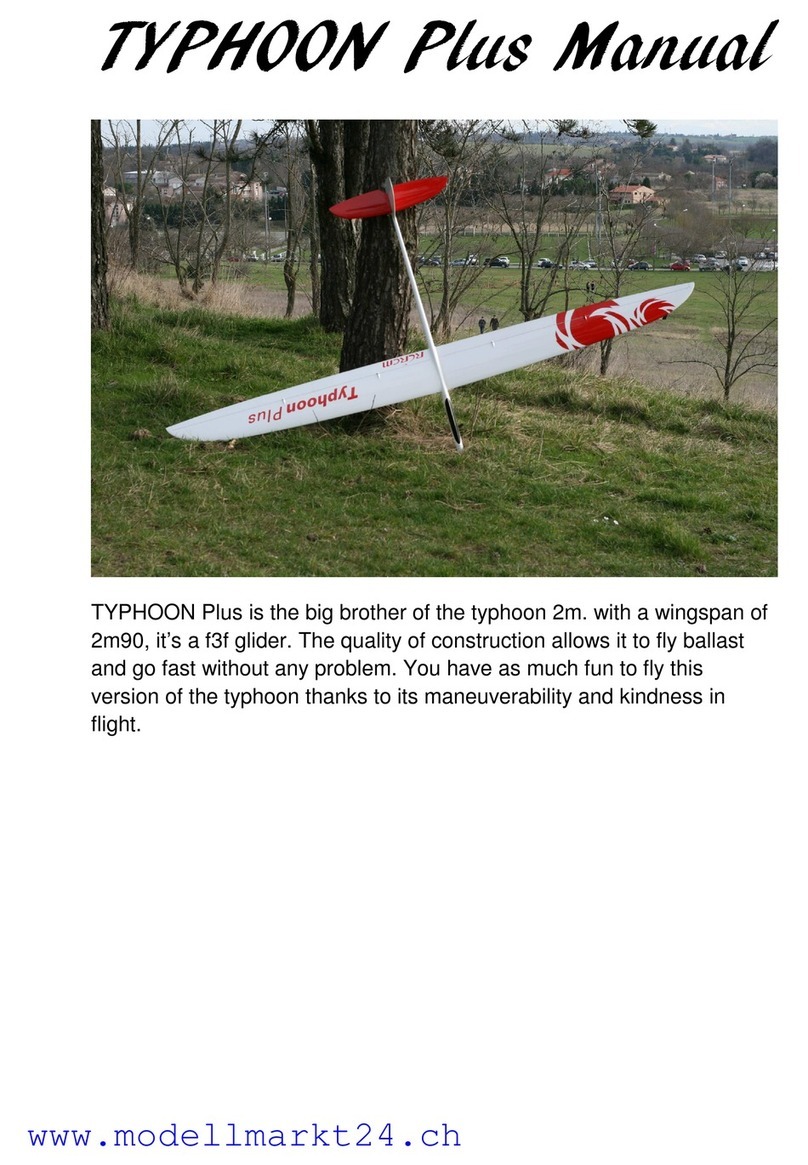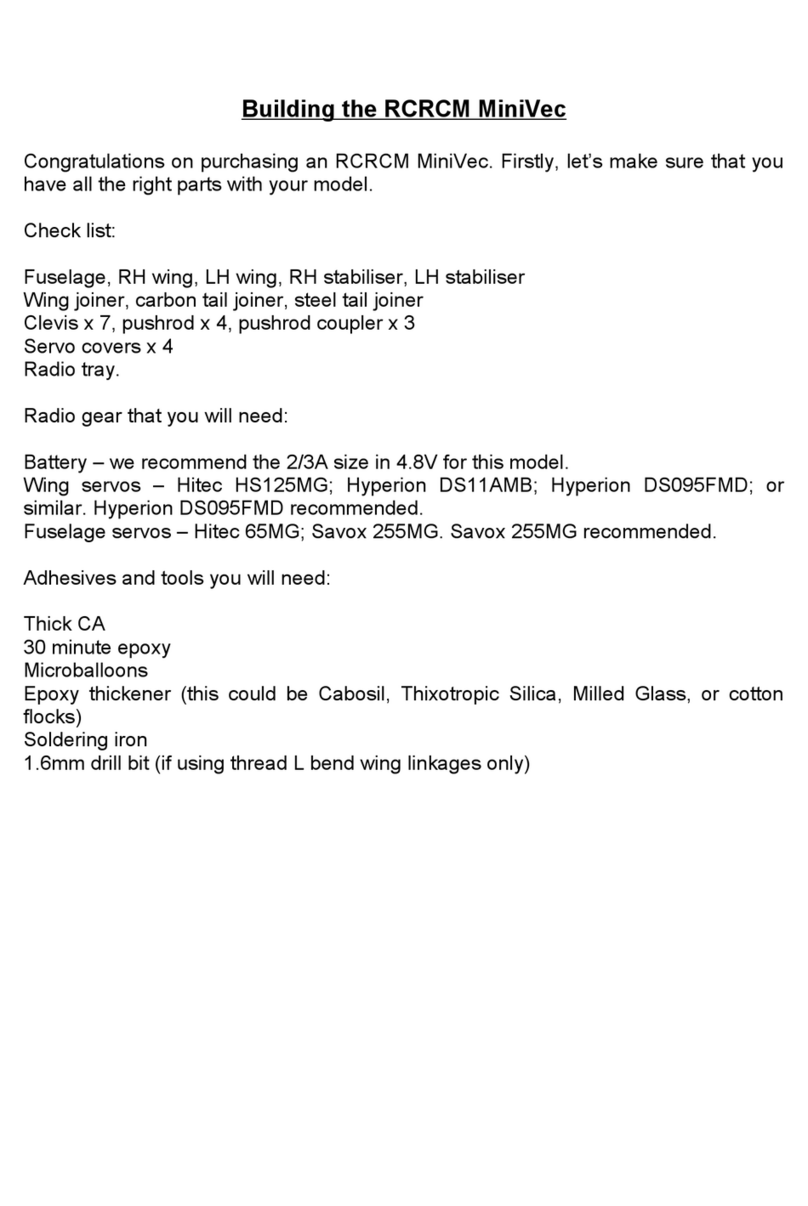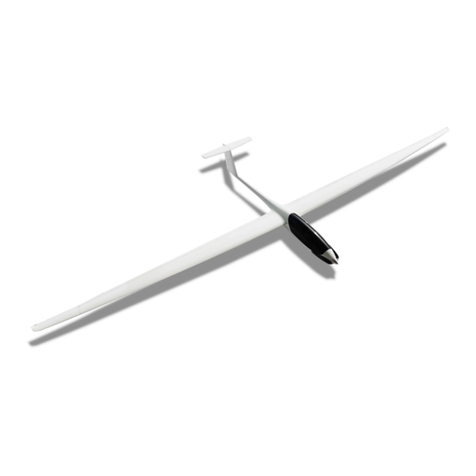2
Contents of the Strega Manual
Introduction......................................................................................................................................................... 2
Materials needed................................................................................................................................................. 3
Strega-Kit......................................................................................................................................................... 3
Additional materials required......................................................................................................................... 3
A few added and some replaced parts............................................................................................................4
Preparations and assembly of parts:................................................................................................................... 4
Sanding the sealing lips................................................................................................................................... 4
Installation of control horns in the wings....................................................................................................... 5
Installation of the wing servos........................................................................................................................ 7
(Making and) mounting the servo board...................................................................................................... 16
V-Tail linkage................................................................................................................................................. 18
Ballast tube....................................................................................................................................................19
Setup of the plane.............................................................................................................................................. 21
Flying Strega...................................................................................................................................................... 23
Introduction
The RC glider Strega from RCRCM is a full on F3F/F3B sports model. It is ideal for the ambitioned RC
amateur pilot who wants a high end all-round glider that features excellent thermal flying- but also
speed flying- capabilities. In addition, the Strega cuts through hard transitions smoothly and will also
promptly follow your commands through basic aerobatic maneuvers.
I prepared this assembly guide for the medium experienced craftsman. Therefore, I have
described all assembly steps that I deem critical for proper function of the plane. Knowledge of
standard techniques such as use of epoxy resin, soldering cables and plugs, as well as
preparation/choice of batteries and RC equipment, is required. In a few cases I used materials that
are not supplied with the kit. There, more detailed explanations- as well as the reasons for the
changes- are given. I actually really enjoyed the building process of the Strega and, I wish you a lot of
fun building it yourself! At the end of this guide there will also be a section on the RC-setup of the
plane and on flying it.






